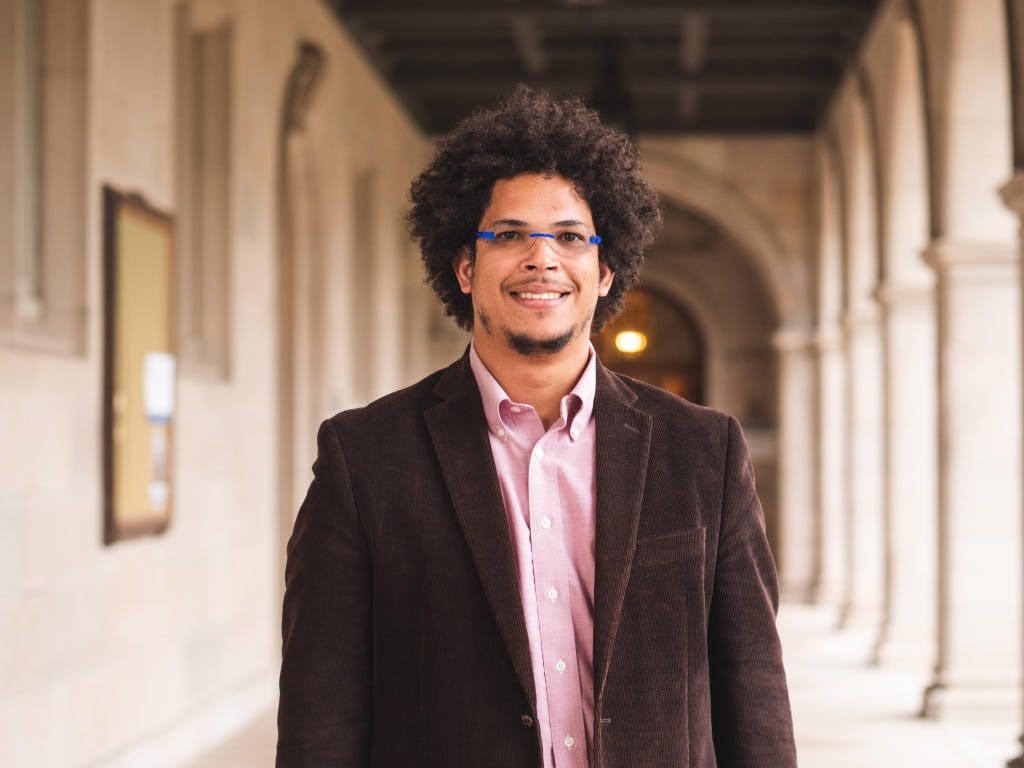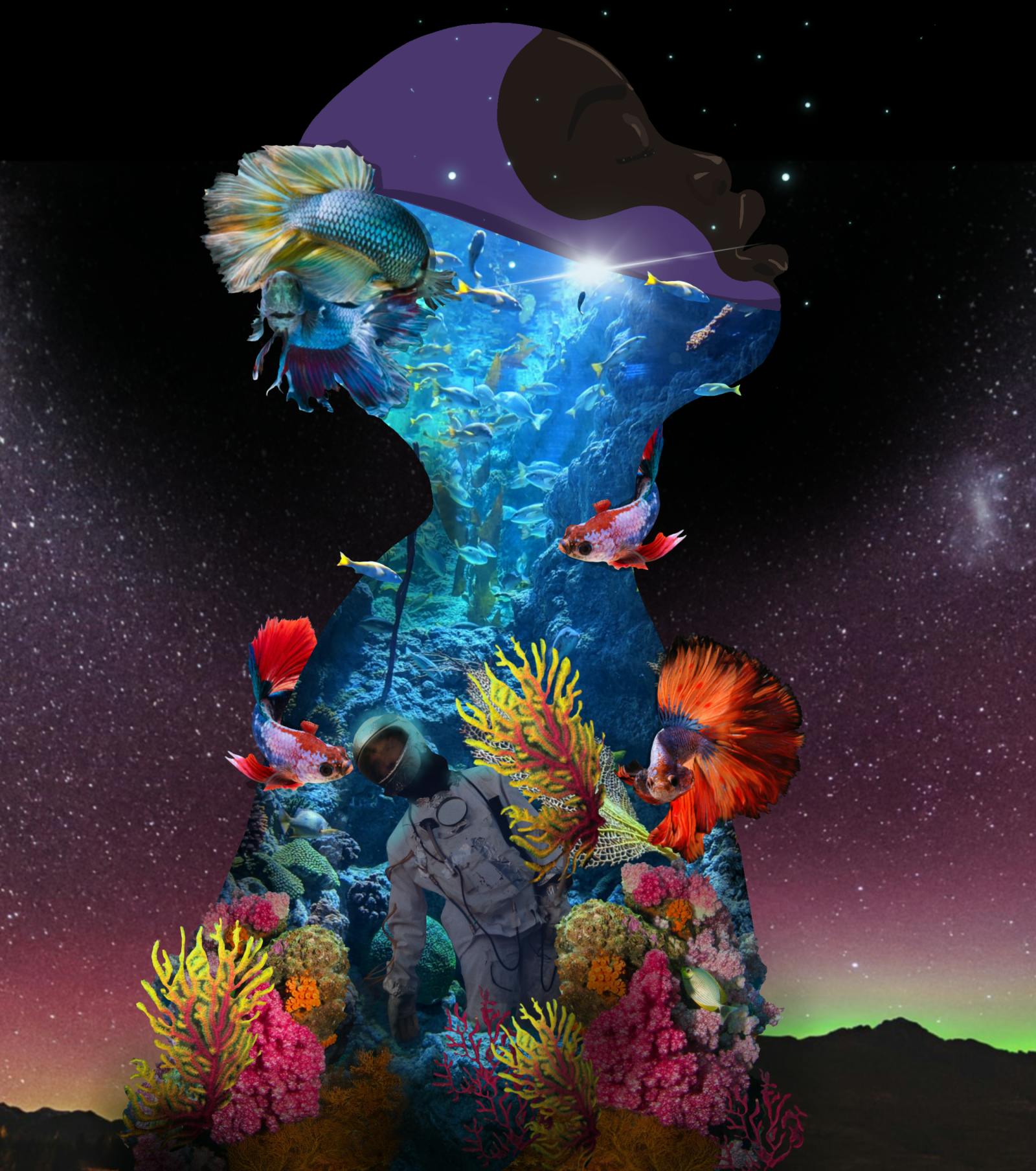Black Royalty and Joy in Latin America
Miguel Valerio, our guest in this episode of Race Beyond Borders, tells us that he has been read and racialised differently in his travels across Latin America. In Brazil, he is read as Black, he says. Elsewhere, when he mentions he is from the Caribbean, people assume he is Cuban. In his native Dominican Republic, he was classified white at birth — a legacy of the country’s “race along national line dynamic,” Valerio says.
“If you’re Black [in the Dominican Republic], you’re Haitian and you’re not Dominican,” he adds.
A scholar of the African diaspora in Latin American and the Iberian Peninsula, Valerio says he began to experience a racial awakening when he left the Dominican Republic at the age of 10.
“I was aware of being Hispanic or Latino, but not aware of being Afro-Latino,” he says.
Becoming aware of who he is as a product of history piqued Valerio’s interest in his field of study. He recalls reading, as a PhD student, a 16th-century text about a public festival in Mexico City. The text mentioned Black people making an entrance with their king and queen. So seldom are Afro-Mexicans mentioned in historical publications that that one line sent Valerio on a nearly decade-long journey to find more instances of these public performances of Black royalty in Mexico and elsewhere in Latin America. His book, Sovereign Joy: Afro-Mexican Kings and Queens, 1539 to 1640, makes sense of what he found.
“I love the idea of Black royalty in an anti-black world,” Valerio says. “In the cases I study in Mexico, several are very close to instances of Afro-Mexicans being accused of electing a king, and sometimes a king and a queen, to overthrow the Spanish government.”
“I love the idea of Black royalty in an anti-black world.”
“There is a lot of symbolism and political implications for these performances in a world where Black people are at the bottom of the social stratum,” he adds.
Valerio says there are connections, often forgotten, between these historical expressions of Black resistance, sovereignty and joy, and the formation of Mexico. An example of this is Mexico’s San Lorenzo de los Negros, Valerio says. It is known today as Yanga — named after Gaspar Yanga, an enslaved African who escaped with others and built a community that resisted Spanish attacks and survived for decades.
Today’s struggles for Black political inclusion in Mexico, the Dominican Republic and elsewhere in Latin America echo this history, Valerio says. From media to politics, Black people are still struggling for representation and inclusion — yet there exists a persistent narrative that everyone in Latin America is mixed and, therefore, racism does not exist. A lot of work remains to challenge this narrative. Reckoning with race in Latin America, Valerio shows, requires an understanding of the histories of Blackness in the region that defy expectations.








